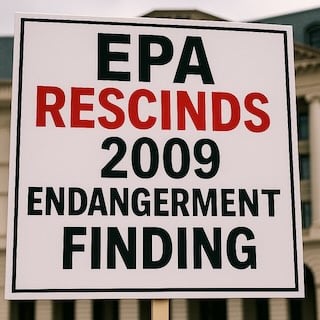As of 10 p.m. local time on Thursday in Japan, the JAIFl listed the following status of the six Fukushima reactors:
• Buildings around Reactors No. 1, No. 3 and No. 4 were “severely damaged”; the building housing Reactor No. 2 was “slightly damaged”;
• Cooling was not working for Reactors No. 1, No. 2 or No. 3;
• Water levels were covering more than half of the fuel in Reactor No. 2; Reactors No. 1 and No. 3 water levels were covering only about half of the fuel.
• Structural integrity of the spent fuel pools was unknown for Reactors No. 1 and No. 2;
• Reactors No. 3 and No. 4 had low water levels; pool temperature was continuing to rise for Reactors No. 5 and No. 6.
The spent fuel pools are of significant concern, Marvin Resnikoff, a radioactive waste management consultant, said in a Wednesday press briefing organized by the nonprofit organization Physicians for Social Responsibility. Resnikoff noted that the fuel pools are thought to have contained the following amounts of fuel, according toThe Mainichi Daily News:
• Reactor No. 1 fuel pool: 50 tons of nuclear fuel
• Reactor No. 2 fuel pool: 81 tons
• Reactor No. 3 fuel pool: 88 tons
• Reactor No. 4 fuel pool: 135 tons
• Reactor No. 5 fuel pool: 142 tons
• Reactor No. 6 fuel pool: 151 tons
• Also, a separate facility fuel pool on ground level contains 1,097 tons of nuclear fuel; and some 70 tons of nuclear materials are kept on the grounds in dry storage.
The reactor cores themselves contain less than 100 tons of fuel, Resnikoff noted.
The fuel had been moved from Reactor No. 4’s core to its spent fuel pool recently, so “that fuel is relatively fresh and hotter, thermally,” Resnikoff explained. “So it’s not surprising that when the water [was] no longer circulating that the water was actually boiled off in a zirconium exothermic reaction, that the zirconium burned” (which occurs at about 1,800 degrees C).








Leave a Reply